Potatoes in the Agriculture System in Minnesota
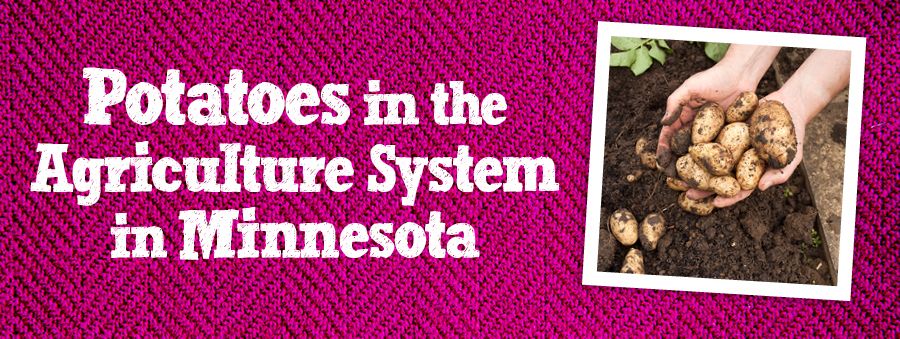
1. Producing
Potatoes are grown on farms. They are grown in many parts of Minnesota, from the northwest to the southeast.

2. Processing
When potatoes reach the desired size, the vines are dried. The potatoes are left to rest a few weeks in the soil to allow their skin to mature. Mature skin peels off less readily during digging, washing, and handling. Potatoes are lifted from the ground by machines. They are then passed along conveyors that allow soil and vines to fall back onto the field. Different kinds of potatoes have different uses. Some are ready to cook and eat. Others are processed into things like French fries, hash browns, and potato chips. Those go to processing companies that will make these other products.
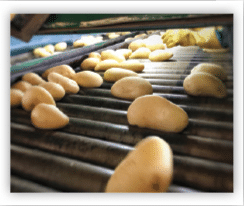
3. Distributing
Now the potatoes have to get to the places people will buy them. Trucks will take the products from the plants to grocery stores, food co-ops, convenience stores, and farmers markets. Things like potato chips will be sent to vending machines and other quick-sale locations.

4. Marketing
Potato and potato-product companies use a variety of ways to help people know about their products. They may have commercials on TV or the radio and ads in newspapers and magazines. Many have websites and use internet advertising too. They may also have newsletters and emails they send out to customers. Others will give tastings at grocery stores to encourage people to try their products.
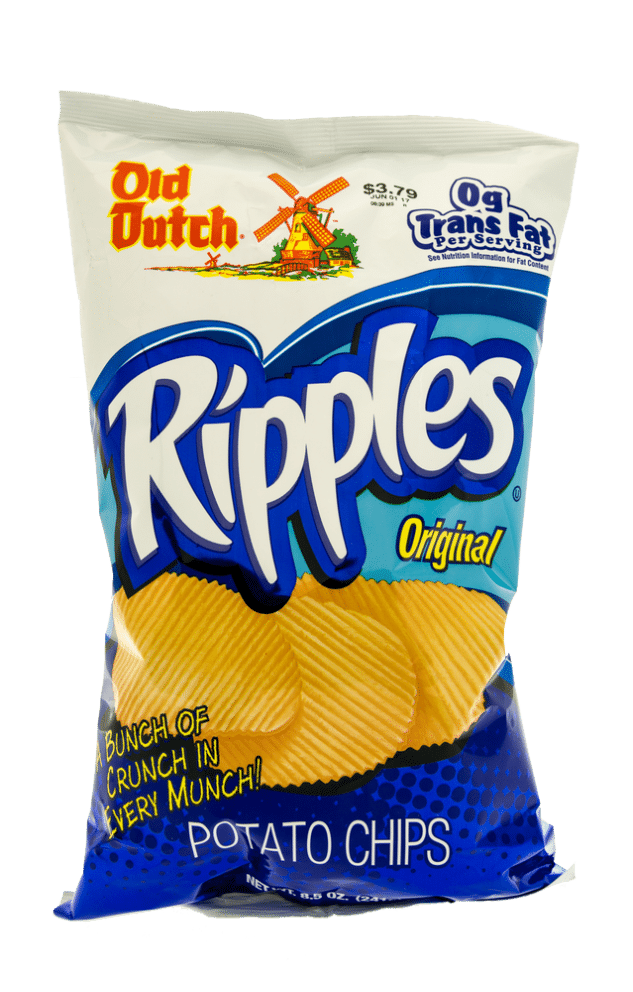
5. Consuming
This might be your favorite part! Once the potato products are purchased and brought to your home, it is time to eat! What is your favorite food from potatoes?

So Many Kinds of Potatoes!
There are many different kinds of potatoes. They have different purposes. Some are best for making things like French fries or potato chips. Others are best for directly cooking and eating.
In Minnesota, the primary types of potatoes grown are:
- Russets: baked potatoes and French fries
- Red and yellow table potatoes: salads, canning, roasting
- Chipping potatoes: potato chips
- Fingerlings and other specialty potatoes: roasting, salads
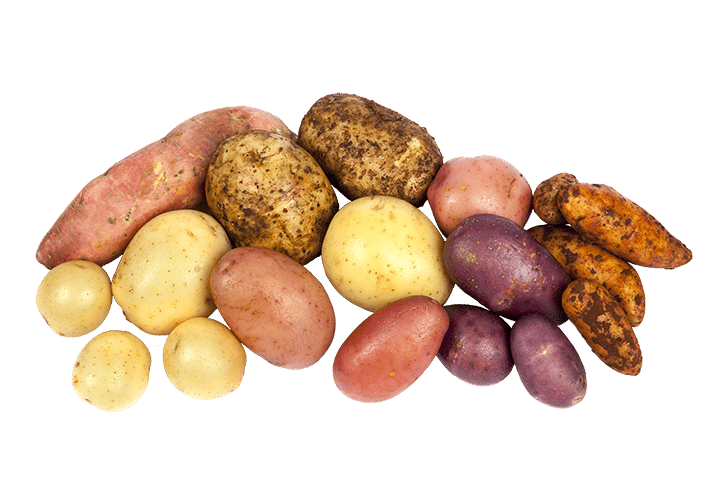
Potatoes are classified into different categories based on unique sizes, shapes, and skin attributes. For example, russet potatoes are long and narrow with a rough, netted skin. Yellow and red potatoes have smooth skin and are more ball-shaped.
Different kinds of potatoes also have different sugar content. Potatoes for processing (fried potatoes and potato chips) have to be low in sugar so they do not darken during frying. Potatoes that are not processed, but simply eaten fresh, are sweeter.
When studying potatoes, potato breeders look at more than 40 traits, including potato density, flesh color, quickness to mature, and even eye depth. If a potato’s eyes are too deep, the skin will stick inside them. For potatoes that are going to be made into potato chips, this makes it hard to peel them with a machine. For other potatoes, a deep eye can make the potato unappealing to shoppers at the grocery store.
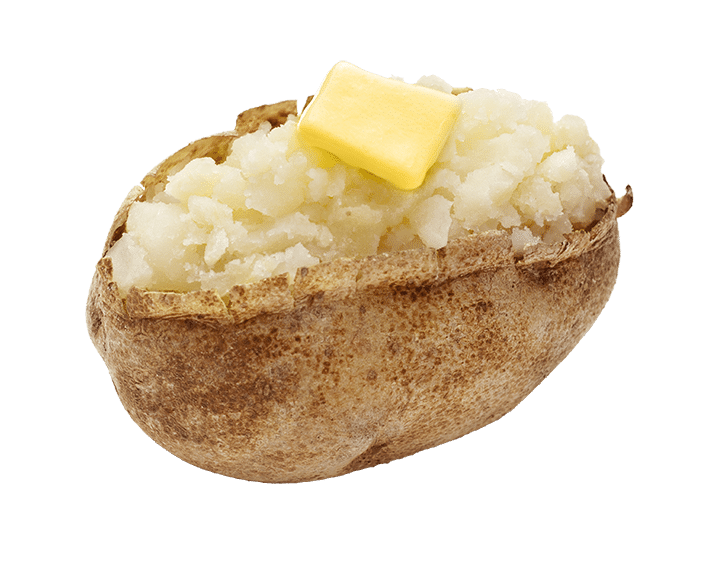
Potato Math: How Many Potatoes to Plant?
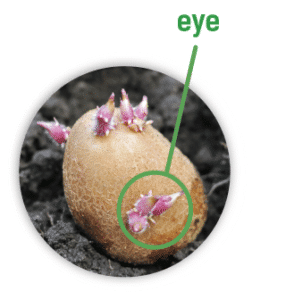 Most potatoes are not grown using seeds. The eyes on a potato are used to grow new plants! Each potato is cut into pieces. Each piece includes an eye. These pieces are placed in the soil, four inches deep, with the eye facing up. A new potato plant grows from the eye.
Most potatoes are not grown using seeds. The eyes on a potato are used to grow new plants! Each potato is cut into pieces. Each piece includes an eye. These pieces are placed in the soil, four inches deep, with the eye facing up. A new potato plant grows from the eye.
Think Like a Farmer!
Use graph paper and your math skills to figure out how many potatoes to plant. Then fill in the boxes for each question to show the final equation and answer.
You would like to plant potatoes in a field that is 66 feet wide and 660 feet long. The area (length x width) of this field is 43,560 square feet, which is equal to one acre. An acre is a common unit used to measure land area on farms.
